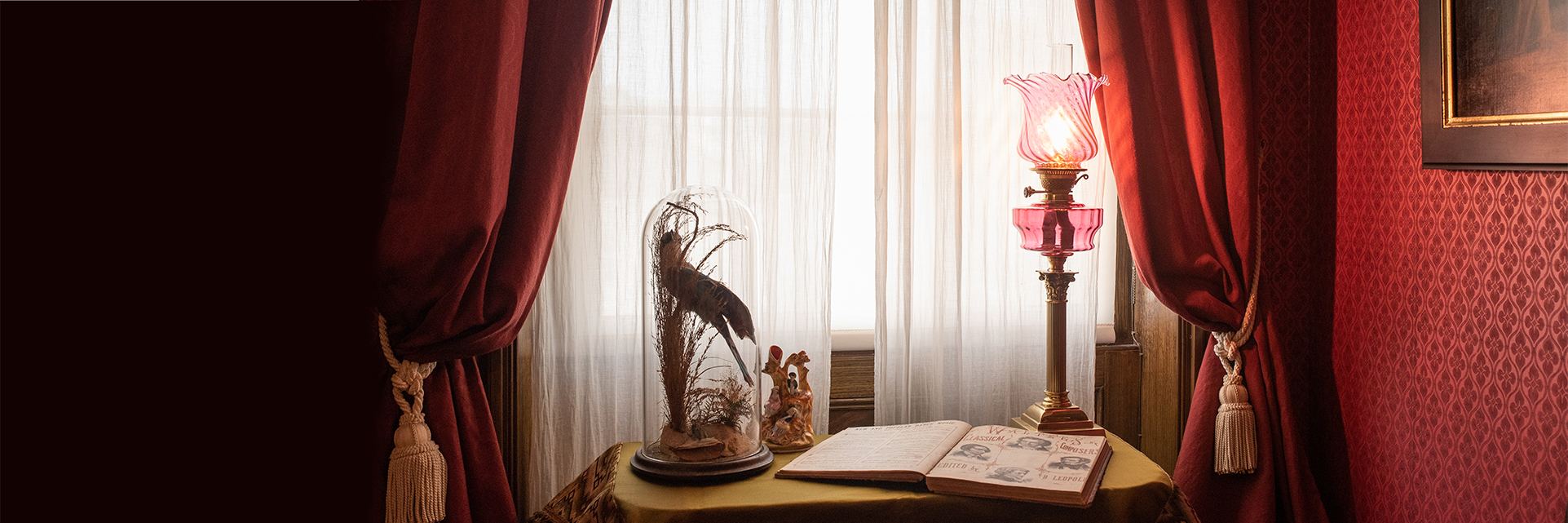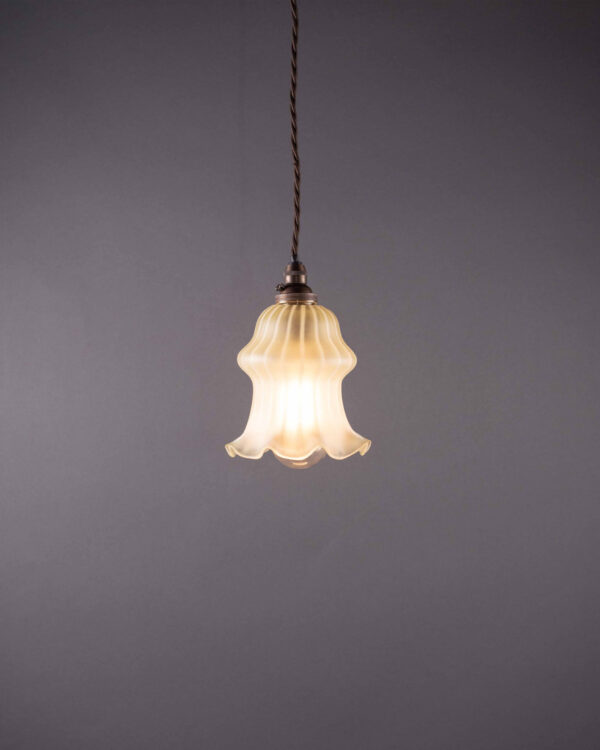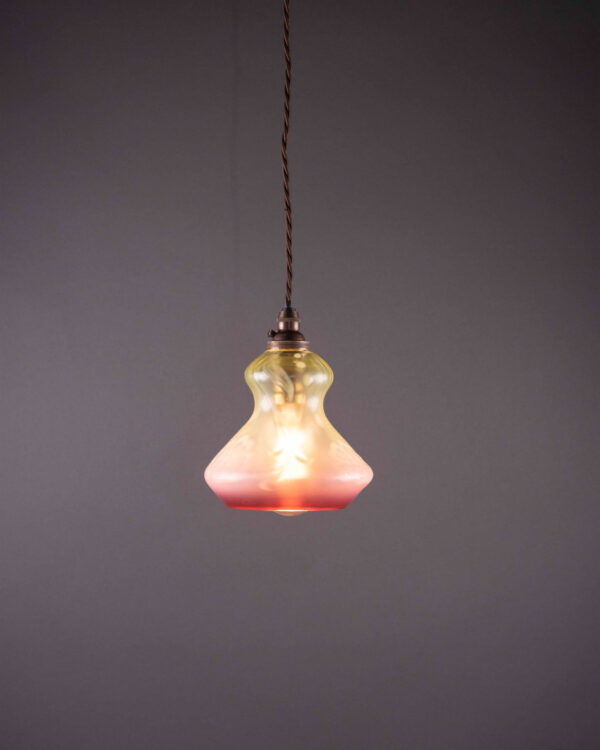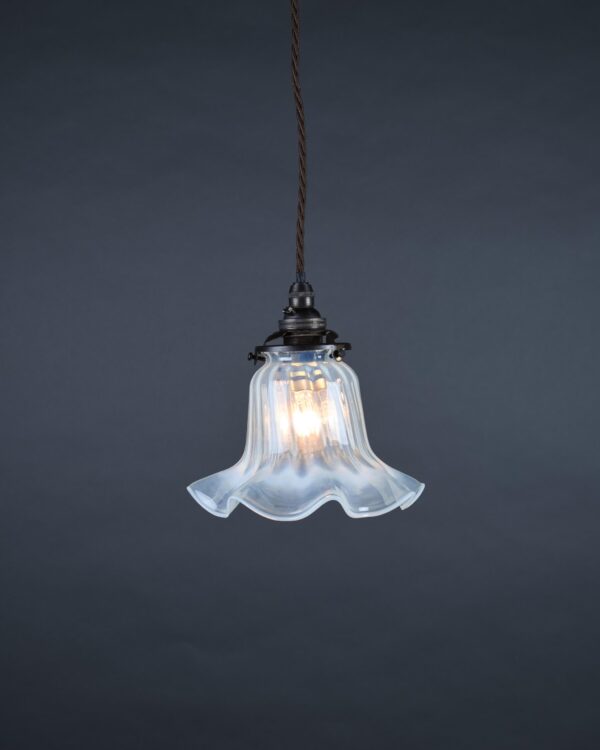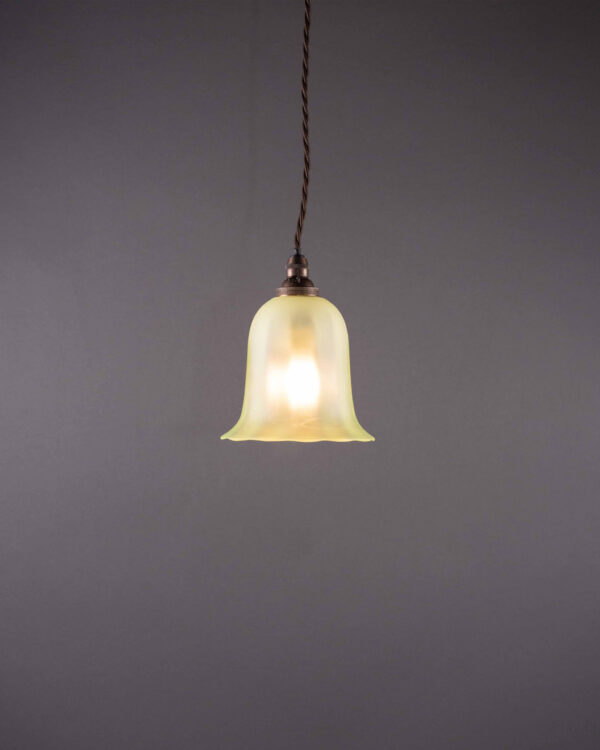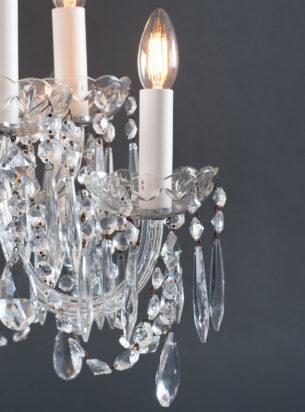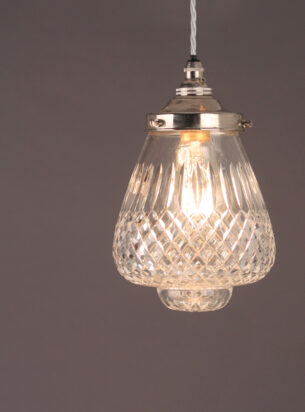At the beginning of the era, candle lighting was still the norm, with foul smelling animal tallows being used in poor homes. Whereas, the wax candle was the candle of choice for the wealthy.
Oil was also common, having been burnt in simple lamps since the Palaeolithic age, where a simple wick protruding from a small container of whale oil or vegetable oil was lit. However, the Swiss chemist Aimé Argand, invented a much brighter oil lamp which, with its broad flat wick held between two metal cylinders, drew air in and around itself allowing it to burn with greater intensity than before, especially when he discovered placing a ‘chimney’ over the flame caused the air to draw creating an even more efficient light.
One of the most significant improvements of the Victorian period was the introduction of paraffin in 1850. Being much lighter than the colza previously burnt meant the reservoir could be below the flame, as the oil no longer needed to be gravity-fed, allowing many new innovative designs in light fittings. The shades or diffusers they used offered new opportunities for decoration, and a variety of shapes, colours, and patterns were used.
Sugg first introduced gas lighting to Pall Mall in 1807 and by 1816 most streets were lit. At first and often for good reason, gas was unpopular and treated with suspicion. However, once gas fittings were introduced in the Houses of Parliament in 1859 it became fashionable for townhouses to have a central pendant gas light attached to the ceiling. Gas ‘wall brackets’ were used in place of the sconce, and some staircases were lit by newel lights attached to the newel post. The largest pendant fittings had several burners and were known as gasoliers and many fantastic examples survive today, generally having been converted to electricity, but usually still featuring the gas taps and pipes revealing the origins of the gas fittings. Perhaps the most exciting feature of these new gas fittings (apart from them actually being capable of lighting an entire room!) was the potential for ornate embellishments they offered. Often featuring multiple brass arms, many Victorian gasoliers were very ornate, featuring dramatic designs such as scrolls or dragon heads. They also offered the opportunity for further decoration by way of very pretty glass shades.
In 1879, Thomas Edison patented the first ‘reliable’ light bulb. However, in reality, electric lighting in domestic homes didn’t become established until the Edwardian era. Cragside in Northumberland is worthy of mention here, being the first home in the UK to be lit via hydroelectricity in 1868. Cragside was owned by Lord William Armstrong, a formidable inventor in the Victorian era often called ‘the inventor of the modern artillery’, he also created the mechanism that opens Tower Bridge. At the age of 24, it dawned on whilst he was fishing that the power of the water could be harnessed and used to create electricity.
Consequently, in 1868, he installed a hydraulic engine allowing him to power some of the first energy-saving devices in his home, including laundry equipment, a rotisserie, and a hydraulic lift. The resultant electricity was also used to power an arc lamp in the gallery. As well as, in 1880, ‘the first proper installation’ of Joseph Swan’s incandescent lamps. Not only was it the first private house to use incandescent lighting, it was also the first to have a dishwasher, a vacuum cleaner, and a washing machine.
By the end of Victorian times, most urban houses were lit using gas, with simple single brackets in more modest homes and the ornate fittings described in grander settings. However, in rural homes and fishing villages, candles remained the norm for some time to come and it wasn’t to be until after the Great War that electricity really took off.

